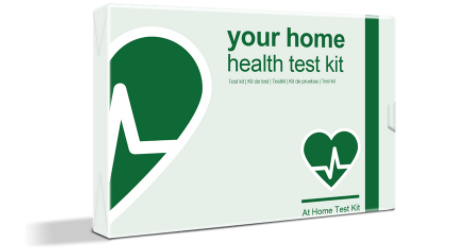Are you ready to learn about something pretty cool? More than likely, you could have a food intolerance. It’s thought that over 20% of the world’s population actually have a food intolerance, and that number is going only to rise as they get more and more popular in infants, children and adults. While there are some that know they have a food intolerance (with proper testing and not a self-diagnosis), many don’t. Some even go their whole lives without knowing they have a food intolerance. Maybe that’s the case for you! Here are very common food intolerances that impact a lot of people.
The most common food intolerances
There are hundreds of ingredients that you can be intolerant to, of course, but these are amongst the most common to cause symptoms in people on a potentially daily basis.
- Lactose intolerance: By far the most common, this intolerance is to most dairy products. It creates bloating, flatulence and even nausea when having large amounts of milk products. The problem is actually with the sugar in dairy products, called lactose. If you were to switch to lactose-free milk, you’d find yourself virtually reaction free. If not, you may have a dairy intolerance instead!
- Gluten intolerance: Gluten is in a lot of grains such as rye pasta and even barley. This is different from coeliac disease, but it can still create symptoms such as fatigue, joint pain and more. This reaction means that your body isn’t able to digest gluten products effectively, but the body does not attack gluten like it would with coeliac disease or an allergy.
- Caffeine intolerance: Popular in coffee and tea as well as carbonated sodas, caffeine intolerance means that your body is just very sensitive to caffeine even in small amounts. It most likely will offer the same symptoms as an “overdose” for most people (jitters, rapid heartbeat and restlessness) but just after only a tiny amount.
- Sulphite intolerance: These are commonly found in a lot of preserved foods, as they are used as preservatives themselves. When you are intolerant to sulphites, it means that you’ll be extra sensitive to that preservative and can have hives or wheezing or even coughing.
- Fructose intolerance: In this kind of intolerance, the person isn’t able to absorb fructose efficiently. This leads them with bloating or nausea after eating products that have a lot of fructose in them.
How do I know for sure?
If you want to know for sure what you’re dealing with, you can look at the testing options for food intolerances. This can be done by blood or hair samples and sent into a lab to get proper testing against hundreds of possibilities. The results will tell you the intolerances that you have and even how severe they are. You’ll also get information on how to eliminate these problems from our diet so that you can enjoy symptom-free living with no inconvenience.
While many people live with intolerances and don’t know it, understanding what foods are bad or good for your body can only add to your quality of life. Why not get the test done and enjoy the freedom it brings?


